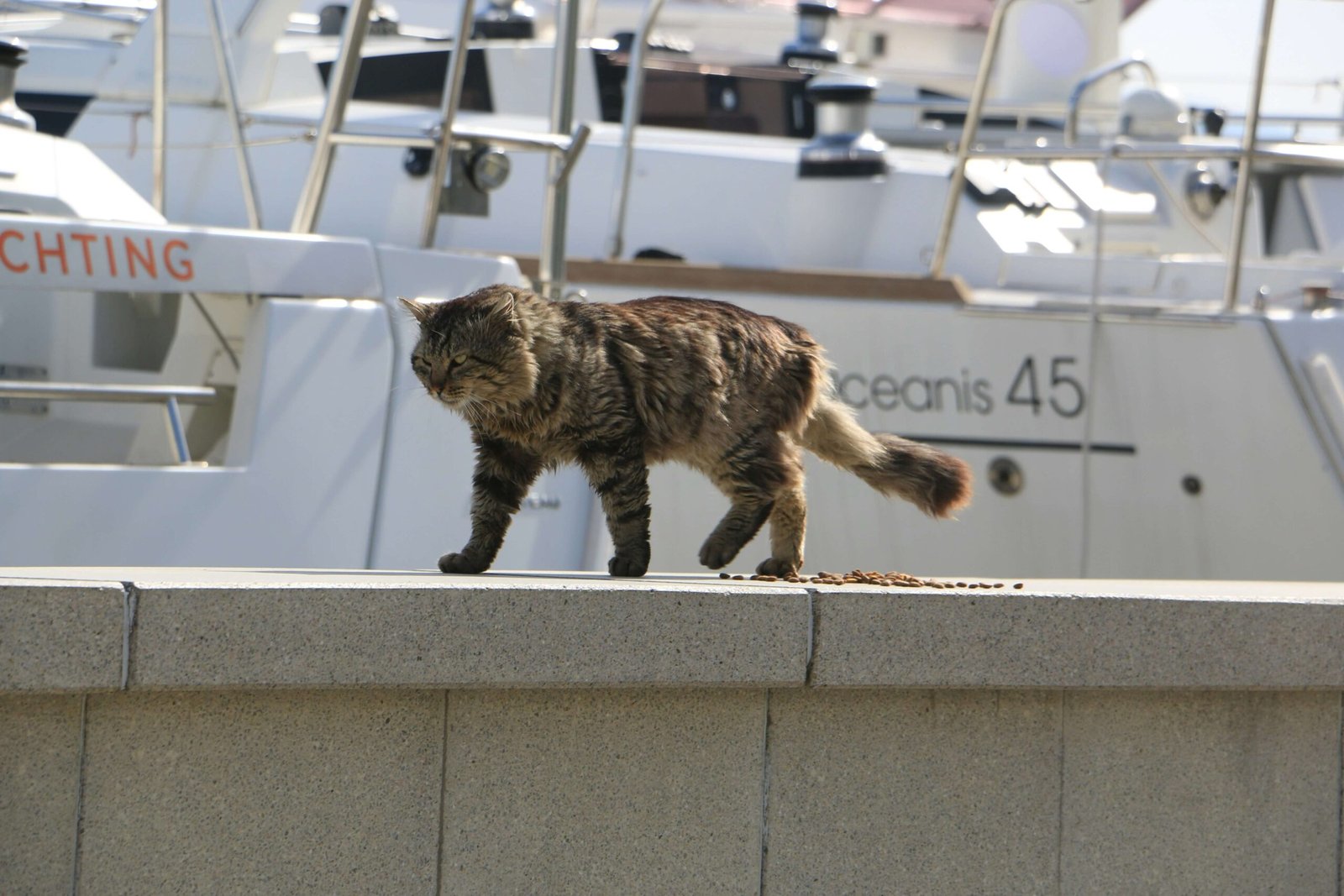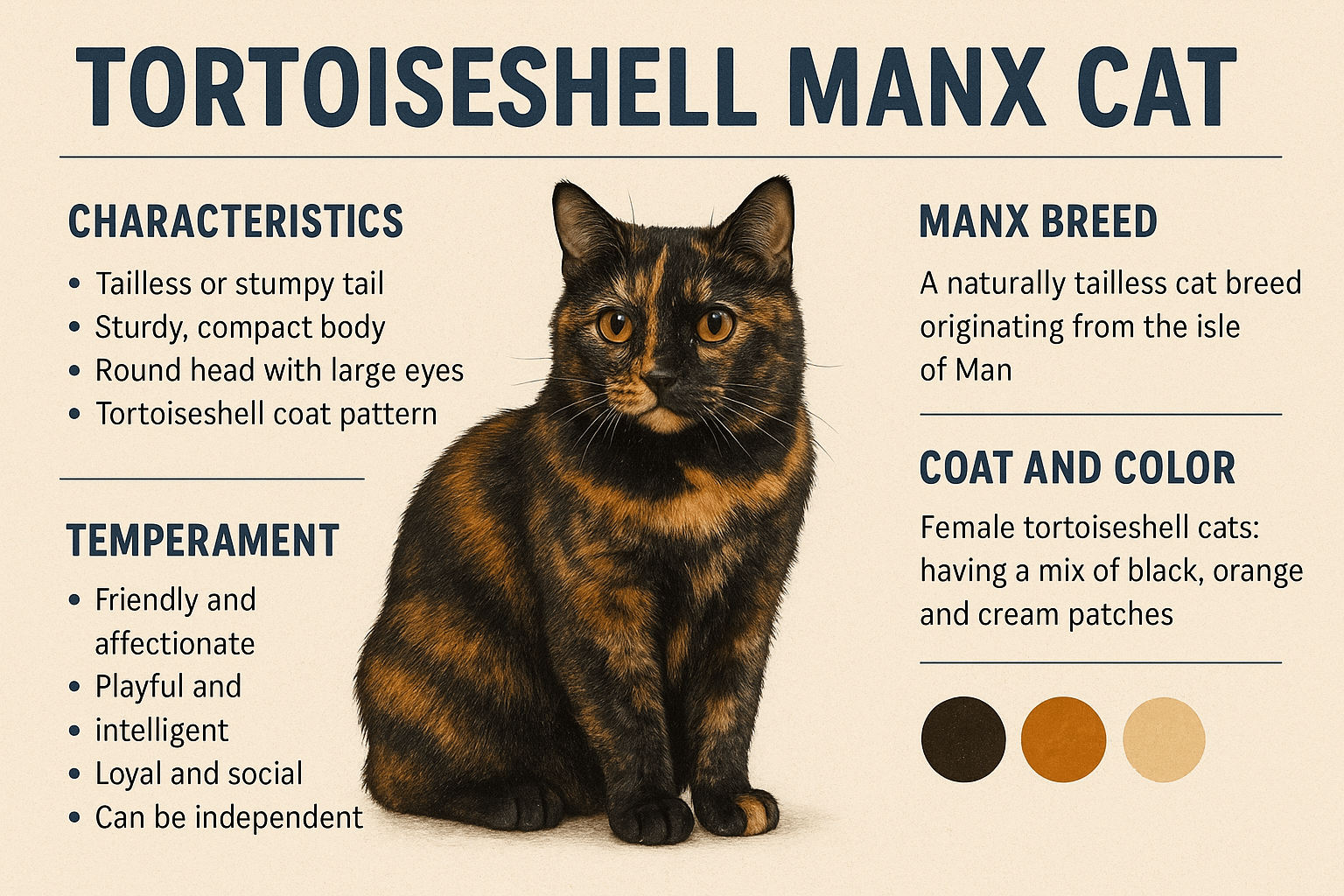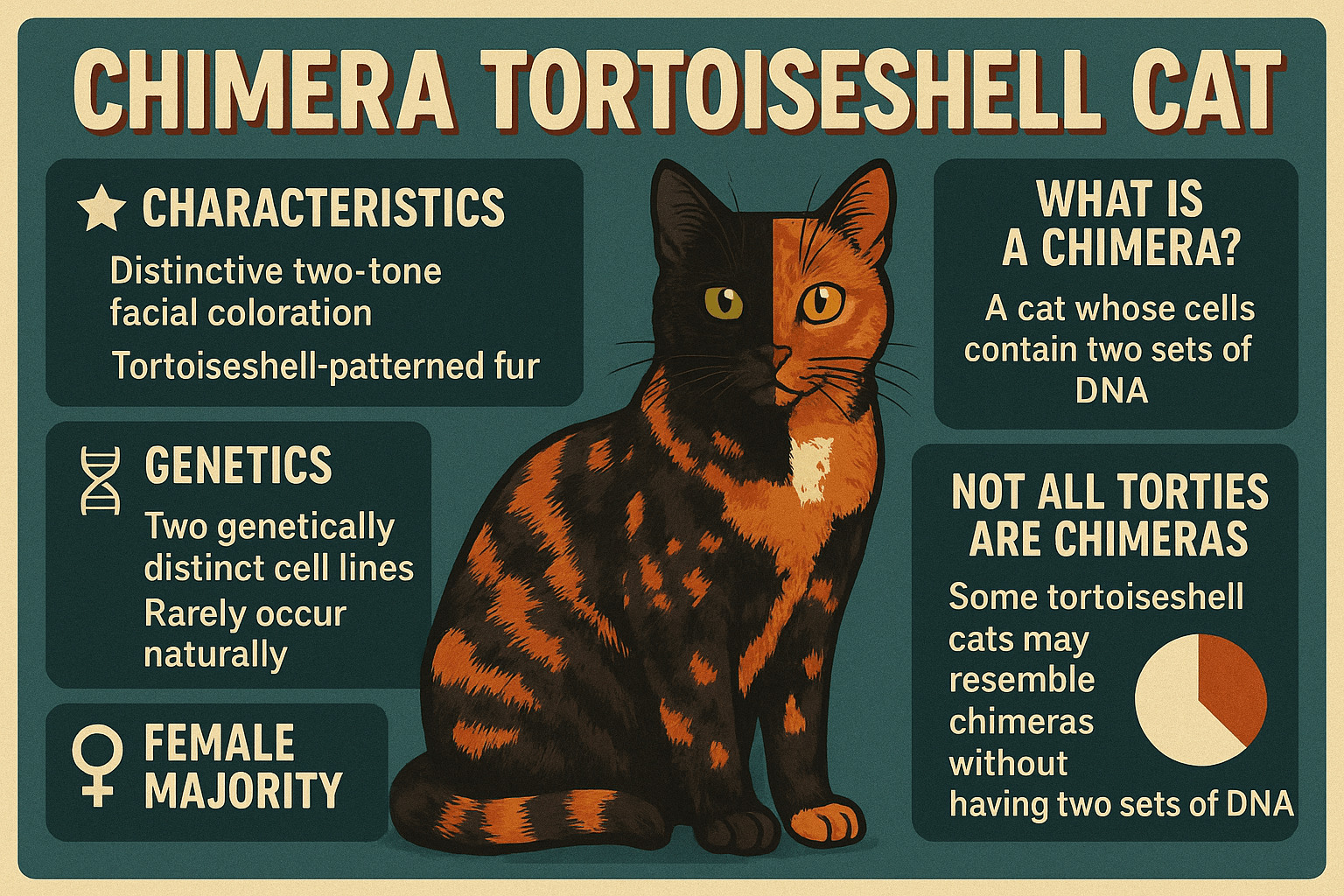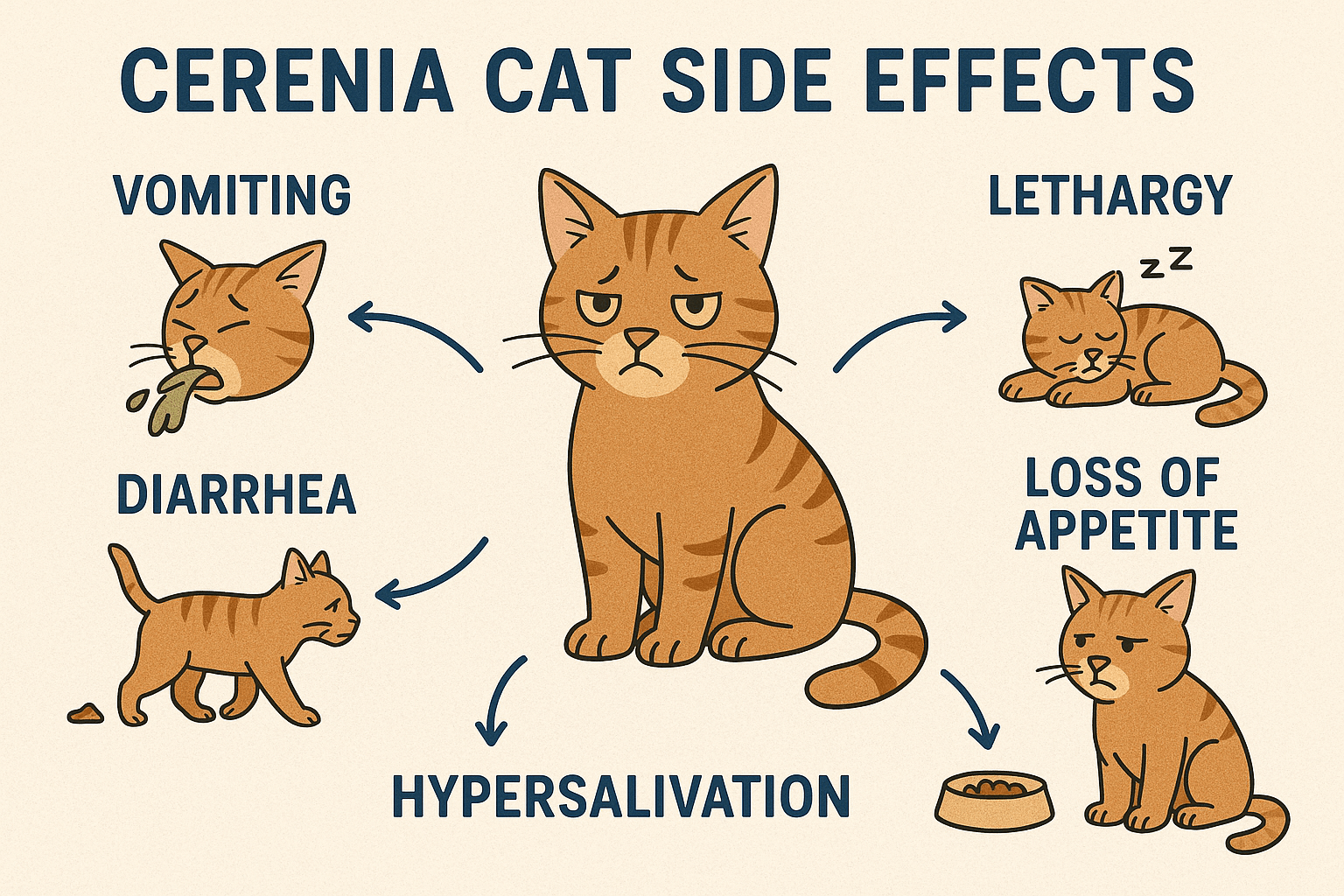What Does Cat Spray Look Like on Walls? A Guide to Identifying and Addressing the Issue
Cat spraying is a common but frustrating behavior that many cat owners encounter. Unlike regular urination, spraying is a form of territorial marking that cats use to communicate with other animals or express stress. If you’ve noticed unusual stains on your walls, you may be wondering if they are caused by cat spray. Understanding what cat spray looks like on walls—and how to differentiate it from other types of messes—is the first step toward addressing the issue effectively. In this blog post, we’ll explore the appearance, causes, and solutions for cat spraying, helping you restore harmony to your home while ensuring your feline friend feels safe and secure.
How to Identify Cat Spray on Walls
Identifying cat spray can sometimes be tricky, especially if you’re unsure what to look for. Unlike urine accidents, which typically result in puddles on horizontal surfaces, spraying leaves distinct marks on vertical surfaces like walls. Here’s how to recognize cat spray:
Small, Concentrated Marks
Cat spray often appears as small, concentrated streaks or splatters rather than large wet patches.Yellowish Stains
The spray may leave behind faint yellowish discoloration, which becomes more noticeable over time.Strong Odor
Cat spray has a pungent, ammonia-like smell that is much stronger than regular urine due to the presence of pheromones.Height of the Marks
Spray marks are usually found at a height accessible to your cat, such as near their shoulder level.Oily Residue
The spray may leave an oily residue on walls, which can attract dust and make the area appear dirtier.
By familiarizing yourself with these characteristics, you’ll be better equipped to determine whether the marks on your walls are indeed caused by cat spray. Early identification is key to preventing further incidents and maintaining a clean home.
Common Causes of Cat Spraying Behavior
Understanding why cats spray can help you address the root cause of the problem. Spraying is not just about marking territory—it can also signal underlying issues related to stress, health, or environment. Here are some common reasons behind this behavior:
Territorial Marking
Cats spray to mark their territory, especially if they feel threatened by other pets or changes in their environment.Stress or Anxiety
Major life changes, such as moving homes or introducing a new family member, can trigger stress-related spraying.Competition with Other Cats
If there are multiple cats in the household, competition for resources like food, litter boxes, or attention can lead to spraying.Health Issues
Urinary tract infections or other medical conditions may cause cats to spray as a way of communicating discomfort.Sexual Maturity
Unneutered male or female cats are more likely to spray as part of mating behavior.
Addressing the underlying cause of spraying is essential for stopping the behavior. By identifying and resolving these triggers, you can create a calmer and more harmonious environment for your cat.
Check this guide 👉What Does Cat Spray Smell Like? Best 7 Expert Tips!
Check this guide 👉When Does a Male Cat Start Spraying? Best 7 Expert Tips!
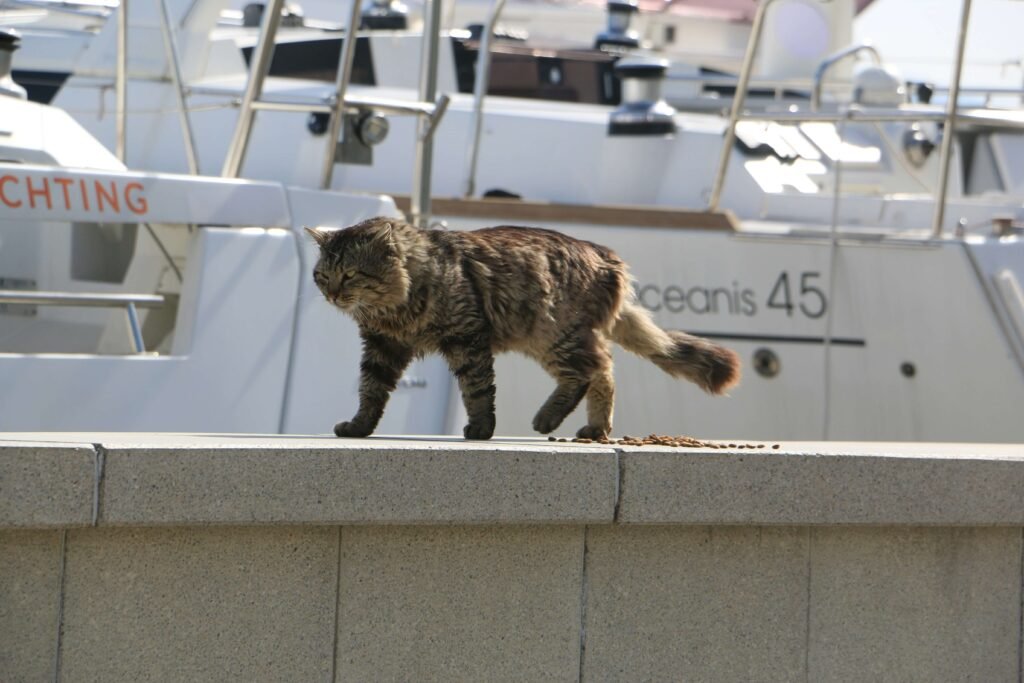
Signs It’s Cat Spray | Signs It’s Not Cat Spray |
|---|---|
Strong ammonia-like odor | Mild or no noticeable smell |
Small, concentrated streaks | Large wet patches or spills |
Found at cat’s shoulder height | Located on floors or furniture |
Oily residue on walls | No oily residue |
Often accompanied by behavioral changes | Likely accidental or unrelated to behavior |
Steps to Clean Cat Spray Off Walls
Cleaning cat spray requires more effort than regular cleaning because of its strong odor and potential staining. If left untreated, the scent can linger and encourage repeat spraying. Follow these steps to effectively remove cat spray from your walls:
Blot the Area First
Use paper towels or a clean cloth to blot up as much of the spray as possible before cleaning.Mix a Cleaning Solution
Create a mixture of warm water, white vinegar, and baking soda to neutralize odors and break down stains.Apply the Solution Generously
Spray or wipe the solution onto the affected area, ensuring thorough coverage without saturating the wall.Scrub Gently
Use a soft sponge or brush to scrub the area gently, avoiding harsh abrasives that could damage the wall.Rinse and Dry
Wipe the area with a damp cloth to remove any cleaning residue, then allow it to air dry completely.
Proper cleaning not only removes visible marks but also eliminates lingering odors, reducing the likelihood of repeat spraying. Consistency is key to maintaining a fresh and clean space.
Tips to Prevent Future Cat Spraying
Preventing cat spraying involves addressing both the immediate issue and long-term factors that contribute to the behavior. Here are some practical tips to help minimize the chances of future incidents:
Neuter or Spay Your Cat
Having your cat neutered or spayed significantly reduces the likelihood of spraying, especially in sexually mature cats.Provide Ample Resources
Ensure each cat in your household has access to their own food bowls, litter boxes, and resting areas to reduce competition.Reduce Stress Triggers
Minimize environmental changes and provide safe spaces where your cat can retreat when feeling overwhelmed.Use Synthetic Pheromones
Products like Feliway mimic natural calming pheromones and can help reduce anxiety-related behaviors.Consult a Veterinarian
If spraying persists despite your efforts, consult a vet to rule out underlying health issues or seek professional behavioral advice.
By implementing these preventive measures, you can create a supportive environment that discourages spraying and promotes positive behavior.
Signs Your Cat May Be About to Spray
Understanding the behavioral cues that precede spraying can help you intervene before it happens. Cats often exhibit specific signs when they’re feeling territorial or stressed, which may lead to spraying. Here’s what to watch for:
Increased Marking Behavior
Your cat may rub their face or body against furniture, walls, or other objects more frequently than usual.Tail Twitching
A quivering or twitching tail, especially when your cat is near a vertical surface, can indicate an impending spray.Backward Stance
Cats preparing to spray often back up to a wall or object while raising their tail vertically.Heightened Aggression
Sudden aggression toward other pets or humans in the household may signal territorial stress.Excessive Vocalization
Unusual meowing, growling, or hissing can be a sign of anxiety or frustration that may lead to spraying.
By recognizing these early warning signs, you can take proactive steps to address your cat’s needs and prevent spraying before it occurs.
Natural Remedies to Deter Cat Spraying
If you’re looking for natural ways to discourage your cat from spraying, there are several safe and effective remedies worth trying. These methods focus on calming your cat and reducing their urge to mark territory. Here are some options:
Herbal Sprays
Use pet-safe herbal sprays containing chamomile or lavender to create a calming environment.Catnip Alternatives
Offer catnip toys or silver vine as a distraction to redirect their energy away from spraying.Environmental Enrichment
Provide scratching posts, climbing trees, and interactive toys to keep your cat mentally stimulated.Dietary Adjustments
Incorporate supplements like L-theanine or omega-3 fatty acids, which can promote relaxation and reduce stress.Calming Music
Play soft, soothing music designed for pets to help them feel more secure and relaxed.
These natural remedies can complement your efforts to curb spraying while promoting a peaceful atmosphere for your feline friend.
How to Reintroduce Harmony After Spraying
After an incident of spraying, it’s important to restore harmony in your home and rebuild trust with your cat. Addressing the aftermath effectively can prevent future occurrences and strengthen your bond. Here’s how to proceed:
Avoid Punishment
Never scold or punish your cat for spraying, as this can increase stress and worsen the behavior.Reassure Your Cat
Spend extra time petting, playing with, or grooming your cat to reinforce feelings of safety and love.Redecorate Strategically
Rearrange furniture or add scent-neutralizing items near sprayed areas to discourage repeat incidents.Monitor Interactions
Observe how your cat interacts with other pets or family members to identify potential triggers.Create Safe Zones
Designate specific areas of your home where your cat can retreat without feeling threatened or anxious.
By taking these steps, you can foster a sense of security and trust, helping your cat feel more at ease and less inclined to spray in the future.
Frequently Asked Questions About Cat Spray
Is cat spray the same as urine?
While cat spray contains urine, it is different in composition and purpose. Spray is used for marking territory and contains additional pheromones.
Can neutering stop spraying?
Yes, neutering or spaying often reduces or eliminates spraying, particularly in cases related to sexual maturity.
Will cleaning with vinegar alone work?
Vinegar helps neutralize odors, but combining it with baking soda provides a more effective cleaning solution.
Why does my cat spray indoors?
Indoor spraying can be triggered by stress, territorial disputes, or health issues. Identifying the cause is crucial for resolution.
How do I stop my cat from spraying on walls?
Address the root cause, clean the area thoroughly, and take preventive measures like providing more resources and reducing stress.
Final Thoughts: Managing and Preventing Cat Spray Behavior
Dealing with cat spray on walls can be challenging, but understanding its causes and learning how to address it effectively makes all the difference. By recognizing the signs, cleaning properly, and taking proactive steps to prevent future incidents, you can maintain a clean and harmonious home for both you and your cat. Remember, patience and consistency are key—your feline companion relies on you to create a safe and stress-free environment. With the right approach, you can overcome this behavior and strengthen the bond you share with your beloved pet.
Why Are Cats So Warm? If you’ve ever cuddled up with a cat, you’ve likely noticed how warm they feel against …
Tortoiseshell Manx Cat: Best 7 Expert Tips! Discover expert advice on caring for this unique breed, from health and grooming to personality insights. Perfect for cat lovers!
Chimera Tortoiseshell Cat: Best 7 Expert Tips! Discover the unique traits, care needs, and fascinating facts about chimera tortoiseshell cats to better understand these rare feline wonders.
Cerenia Cat Side Effects: Best 7 Expert Tips! Discover expert advice on managing Cerenia side effects, ensuring your cat’s safety, and promoting a smooth recovery with practical tips.

